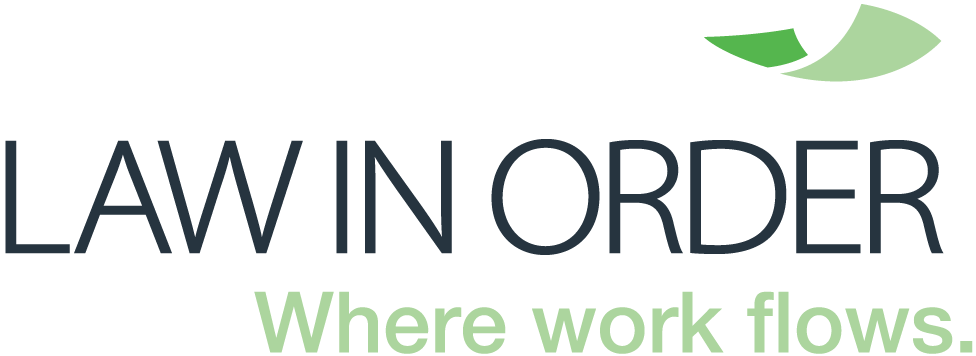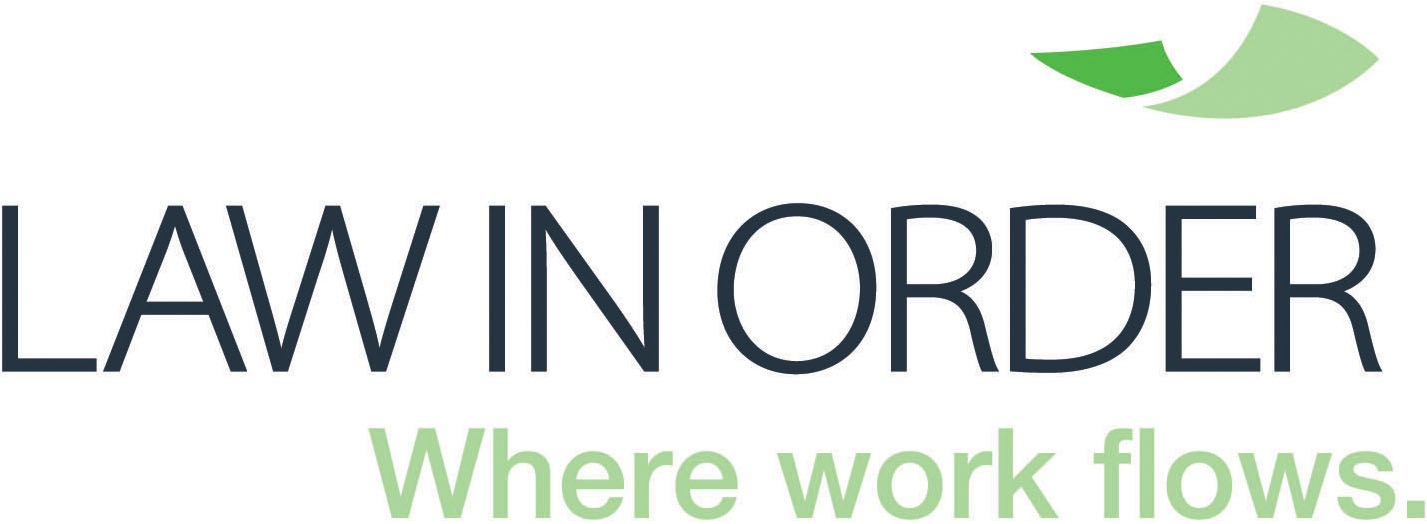 With recent headlines highlighting the damage and embarrassment that can be caused by poorly redacted documents, it is no wonder many firms and corporates are turning to legal document management specialists to secure their redactions.
With recent headlines highlighting the damage and embarrassment that can be caused by poorly redacted documents, it is no wonder many firms and corporates are turning to legal document management specialists to secure their redactions.
Several news articles have highlighted that even in high profile cases, such as proceedings against Facebook and Trump lobbyist Paul Manafort, documents have been produced with ineffective redactions.
In each of these instances, text which should not have been accessible within a document was able to be copied from the documents and reviewed in full once transferred into a standard text editor like Microsoft Word. Gaining access to this information did not require sophisticated software or knowledge, but a simple ‘copy and paste’.
Not only has this oversight meant that media outlets and their readership have been able to review text which was otherwise meant to remain private, the oversight has no doubt caused some concern within legal circles as to the sanctity of redacted material in their own cases.
Redacting (also referred to as blackening or masking) is the process of removing information from documents that are to be provided to a Third Party. Typical scenarios in the legal industry include the redaction of privileged, commercially sensitive or privacy information before exchanging documents with other Parties in a litigation or when responding to a regulatory enquiry or including documents as part of the Due Diligence process of corporate transactions.
The risks of not applying effective redactions can be high. Aside from the embarrassment, it could mean that Parties lose their right to claim privilege, making internal legal advice they received available to the Opponents with damaging consequences to their case. In a corporate transaction, inadvertently disclosing commercially sensitive information might not only cause a breach of duties, it could cost a company millions in the negotiated sales price.
Applying effective redactions is a two-step process:
- Accurately identifying the information to be redacted in documents to be provided / released; and
- Applying the redactions to ensure recipients are not able to retrieve the redaction information, be it by simple means or using more sophisticated tools.
One of the biggest challenges with the first step is ensuring consistency in applying the redactions. Imagine you identify and redact that critical piece of information in one document but the information is overlooked in another released document, maybe because it appears ‘hidden’ towards the end of a large document. To ensure information is protected, it is critical to have processes in place to identify all occurrences of that information in your dataset.
Once you identified what to redact, it is about applying the redaction to ensure the underlying information cannot be retrieved. Common practices in the past, but still used today include printing documents, using redaction tape or black pens to cover the text to be redacted and re-scanning the documents. However, even that approach has its challenges. The redacted copies may have looked fine upon review but holding the paper against a bright light would still reveal information. Covering electronic text with a ‘black box’ is the only effective way the redaction is permanent and all underlying — and sometimes not immediately visible — text is removed as well.
Our suite of specialist redaction tools and team of experts can assist you with the entire redaction process.
Our team is made up of legal technology consultants, paralegals and litigation support clerks who are experts in document management and prepare redacted documents for production on a daily basis. Our tools include specialist legal document review platforms and a redaction plug-in ‘Blackout’, and enable our team to quickly and securely prepare documents for proceedings.
Not only are your redactions secure, you can also automatically redact certain keywords, strings of characters or numbers across a range of file types. These functions enable our clients to cut down the time and cost of redaction work, and ensure accuracy and consistency when redacting material so that no critical information is overlooked. Finally, and perhaps the best reason to utilise our redaction specialists, is the peace of mind that comes with producing redacted materials that cannot be reverse engineered.
_________________________________________
Law In Order is a leading provider to the legal profession of eDiscovery and legal support services including forensic data collection, information governance, managed document review and eArbitration services. We are an Australian-owned company, with more than 470 staff with 7 offices across Asia Pacific, as well as a suite at Maxwell Chambers in Singapore. We provide a secure, flexible and responsive outsourced service of unparalleled quality 24/7, 365 days a year.
_________________________________________
By Henning Ehlers
E: henning.ehlers@lawinorder.com
__________________________

3 Phillip Street, #17-01, Royal Group Building, Singapore 048693
T: (65) 6714 6655
E: singapore@lawinorder.com
W: www.lawinorder.com.sg
Unit 901, 9/F, Beautiful Group Tower, 74-77 Connaught Road Central, Sheung Wan, Hong Kong
T: (852) 5803 0000
E: hongkong@lawinorder.com
W: www.lawinorder.com.hk
























 Law In Order
Law In Order Julian McGrath
Julian McGrath







